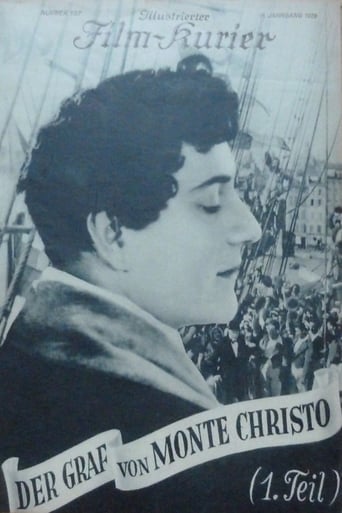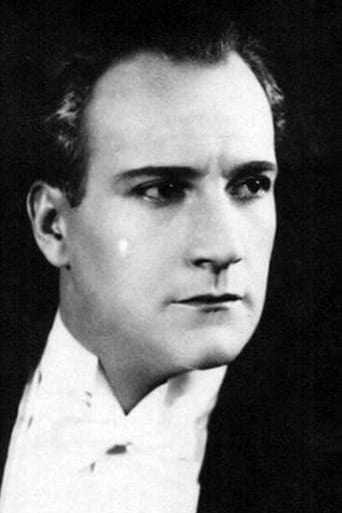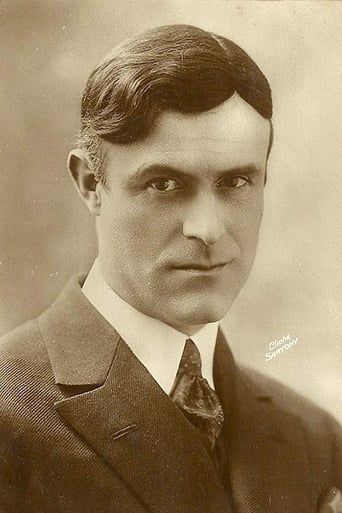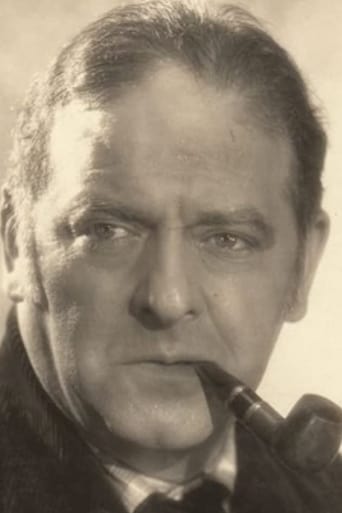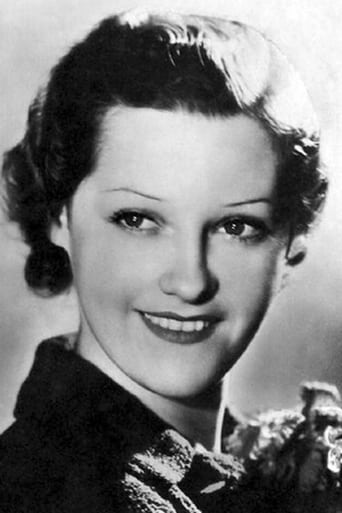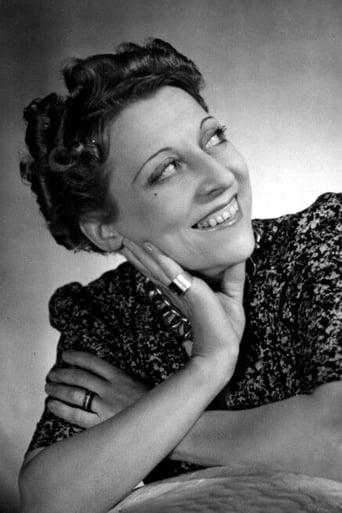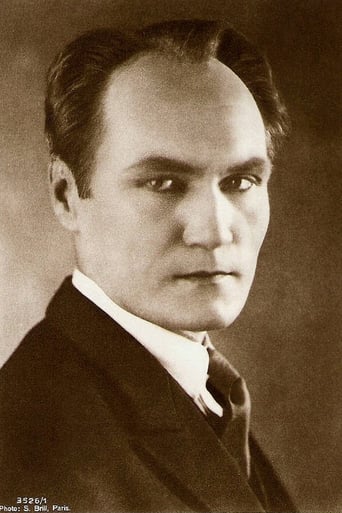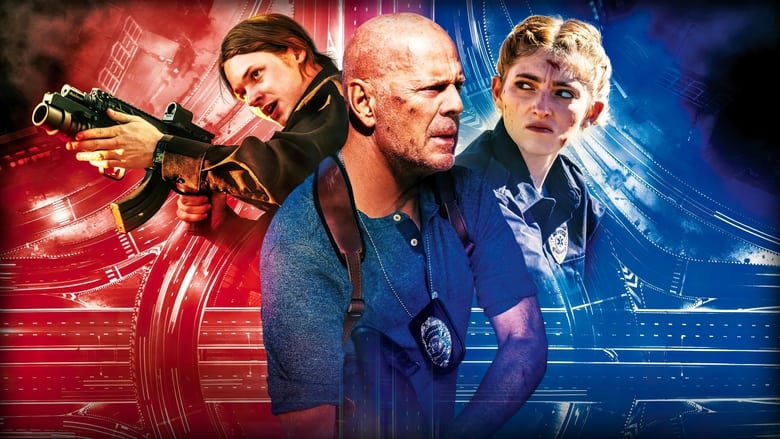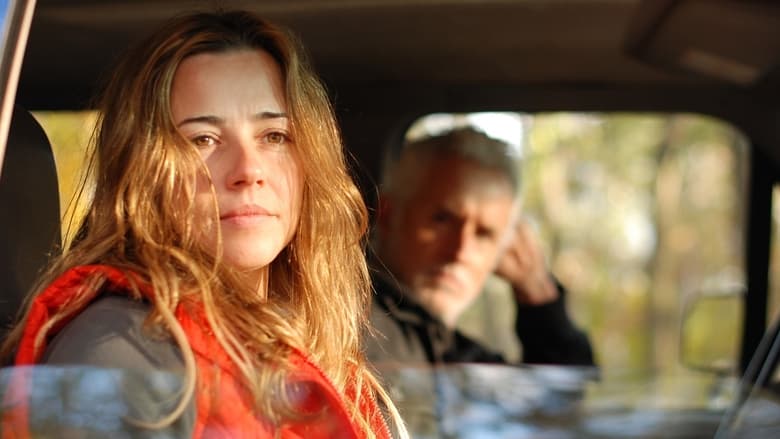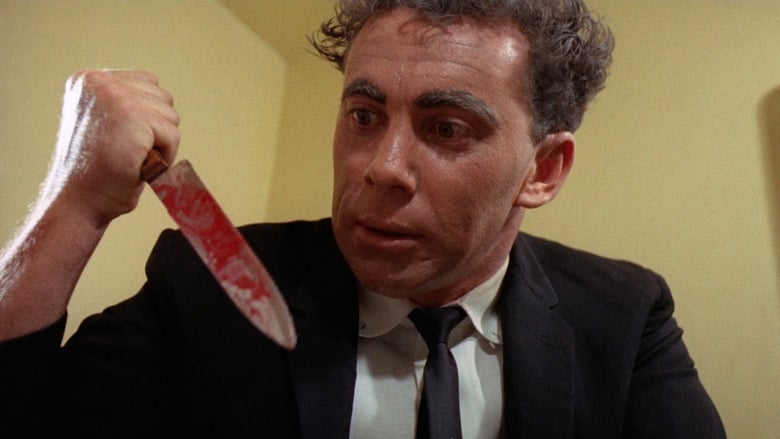This epic adaptation of The Count of Monte Cristo was directed by Henri Fescourt, and stars Jean Angelo, Lil Dagover, Pierre Batcheff, the beautiful Marie Glory, and Bernhard Goetzke as the Abbé Faria.


Similar titles
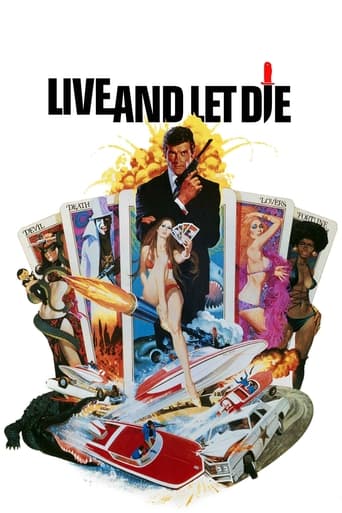
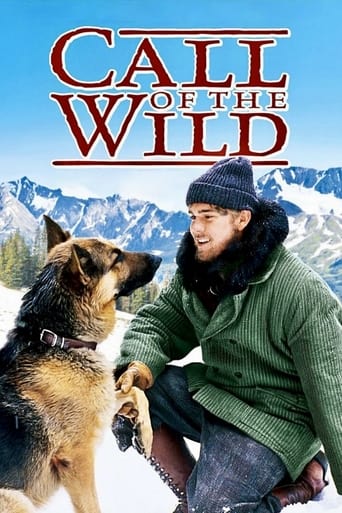
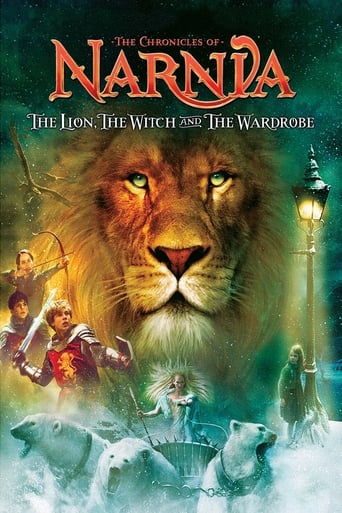
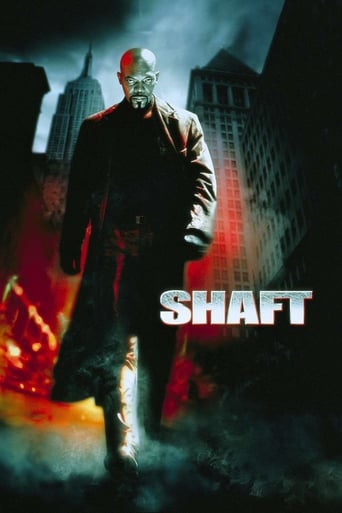
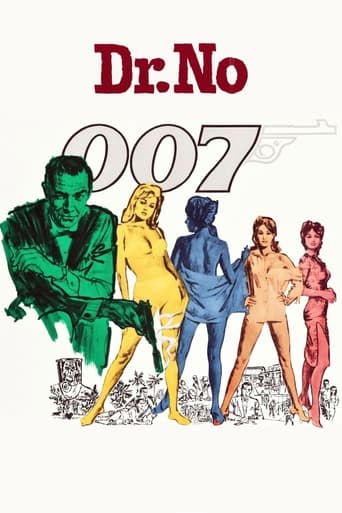
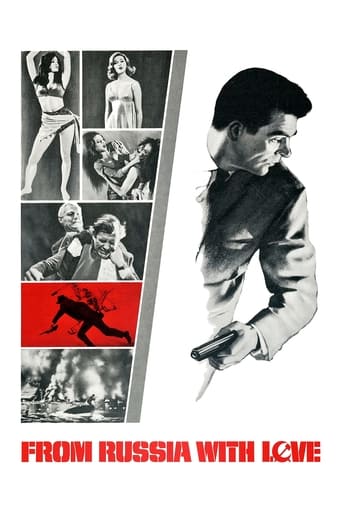
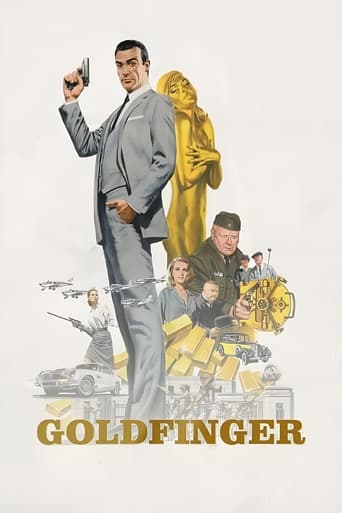

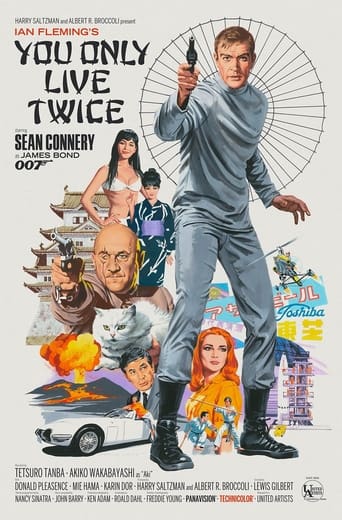
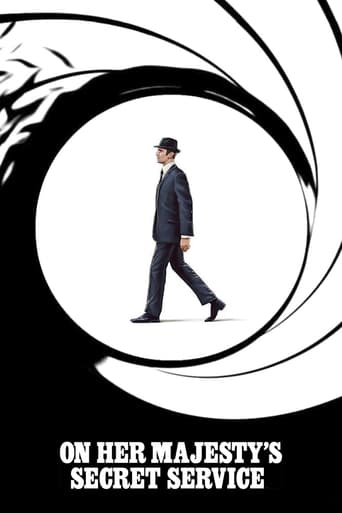
Reviews
This is one of those pictures where I do find myself wondering what kind of audience they were originally anticipating (and, given the late release date, what sort of audience a two-part silent epic actually managed to garner in 1929). Presumably with a story as well-known as this one, a three-hour-plus running time wasn't felt to be a drawback when it came to getting the punters through the doors...As for "Gone With the Wind", the BFI gave it a whole-afternoon screening treatment with an interval between the two halves; as with "Gone With the Wind", I felt that the first half was on balance the stronger film. (Any adaptation of Dumas' novel always has to contend with the book's rather unsatisfactory ending; either you change it, or you allow the film to drift off inconclusively. This one attempts both at once!)As a retelling of Dumas' classic via the language of silent movies, Fescourt's "Monte Cristo" makes for a workmanlike and entertaining outcome (though I was amused by the way that the picture carefully avoids showing the actual figure of Napoleon Bonaparte, treating his brief scenes with the reverential avoidance generally shown for Jesus Christ). I was struck in particular by the extensive use of filming on location (including a brief scene at the Pont du Gard itself) and of genuine nineteenth-century sailing vessels, large and small; given the routine use of tanks and models in Hollywood movies both new and old, it was fascinating to me to see shots of ships that were obviously really sailing.Jean Angelo (fifty-four when the film was released) and Lil Dagover (forty-two) are both really too old to portray the younger Edmond and Mercedes convincingly, although they undoubtedly have the acting chops to differentiate the two versions of the characters effectively and look very natural in the older roles. But it's interesting to see Edmond shown as a burly Marseilles sailor, rather than the romantic figure often adopted in later adaptations; one can really imagine this version as a capable first mate. And he is suitably implacable in the scenes of revenge -- though I felt that his "count-down" ("That makes one", "that makes two") didn't really work in a version of the plot where there are only two men left to dispose of in the first place.Pierre Batcheff (as a handsome and sensitive Albert de Morcerf) and Robert Mérin (as a sullen teenage Benedetto far more dangerous than his adoptive father) stood out for me among the younger members of the cast, and Henri Debain does a good job of making his drunken Caderousse an almost sympathetic scoundrel. Meanwhile, Gaston Modot depicts Fernand's shift from jealous Catalan to soldier of fortune and then pompous retired officer with complete conviction.I did think the film went a bit over the top in its use of flashbacks; it's as if they didn't trust us to remember what had happened a couple of hours earlier, and the result was that the same 'meaningful' bits of film ended up being shown three or four times, e.g. Haydee being dragged off to captivity. (It might have been less irritating so far as I was concerned if they'd managed to show different bits of illustrative footage for each flashback!) On the other hand, the film does a generally good job in condensing the plot of the book into a smaller timespan. I liked what they did to tie together the Benedetto and Caderousse material to make the boy significant from an earlier stage than in the book; I questioned, however, the enormous amount of detail and length they then devoted to some of the surviving subplots using the time saved...There is some fine imagery in here (I'm assuming the Paris Opera interiors were not filmed on location, but the sets are very recognisable), although Monte Cristo's 'oriental' inhabitation in the caves comes across better when viewed as young Albert's fever dream than when we're supposed to take it literally in the finale. The sinister scenes in Caderousse's inn and the long shots down the weapons gallery come to mind as memorable; apparently the exterior scenes in the Château d'If actually were filmed there for real, which makes for impressive sun and sea vistas.The film is definitely worth seeing. The version we saw had some slightly idiosyncratic English subtitles, which I would guess probably originated from a French-language translator rather than a native English-speaker, but they suffice. (Ideally you'd be reading the original French title cards, where the language is mostly pretty straightforward.)
Last night, I incidentally tuned on Arte, and the first part was on (pre-intermission I guess). It was late and I thought a silent black & white flick would drown me into sleep in a gently manner, as usual.Well, let's just say that sleep was simply not to come about soon...Oddly, the long expected slide down the dozing-off slope was perversely disrupted by the interest I began to gradually feel sipping through the thick walls of my legitimate exhaustion.For sure I can't comment on the whole movie until I watch the second part which will be aired next Monday (July 28th), but I wouldn't miss it for the world.Although the restoration could not be complete as a couple of visual bugs persist on the odd instant (probably remnants of unfixable damages), the work accomplished allows the viewer to "touch" the picture : the characteristic make-up used in black & white movies, along with the slight overacting de rigueur in mute movies confer a kind of 3rd dimension in conjunction with the brilliant setting of the lights, and after this laudable & technically optimal restoration. I guess we can get here an idea of the magic felt by non-blasé early 20th century movie-goers as they couldn't help but let the movie lead them to another sphere peopled by characters that look extremely human & close to us, yet somewhat otherworldly...A scene in particular struck me as brilliant and reminds me of the main gimmick in "24 hours" some 75 years later : as Julie Morrel is returning home with her dowry as well as the receipt that saves her father from going bankrupt & imminent suicide, the scene is sliced with many shots at a clock to enhance the suspense... except that the shots were made in such a way that I still have to re-watch it to determine whether the same clock was used or not, even though I had a dozen opportunities to verify that after I'd noticed the trick !!!I just can't wait for next Monday !!!
At this stage of the century, this German Count thinks that it is not necessary to detail the novel written by the frenchified writer Herr Alexander Dumas Sr. "Le Comte de Monte-Cristo", the story about a cold revenge by Edmond Dantès, is a great classic well-known by everybody for centuries around the world and adapted many times for the cinema. Probably the one directed by Herr Henri Fescourt is the best one done ever.For those who ignore the adventures of Edmond Dantès ( probably many of you dangerous longhaired youngster, are among those specimens that prefer to wait to see an film adaptation than to read the original book itself, SIGH!... unfortunately, that's the sign of this terrible and illiterate times ), "Monte Cristo" is the right film to know and enjoy such adventures.And that's due to Herr Henri Fescourt's greatness. His adaptation and directing of Herr Alexander Dumas novel in its magnificence; "Monte Cristo" was considered as probably one of the last super productions of the silent era. Those critiques are near to the truth; in nearly four hours, the film enhances for the screen the virtues of the literary work that are not noticed for the audience.It is a classic adventure film in major concept; wonderful outdoor sceneries, splendorous settings, luxurious customs, everything directed masterly by Herr Fescourt. It is exemplary the way that Herr Fescourt elaborated and controlled the mystery in order to get, "in crescendo" the thrilling ending with many important scenes of the film. There are superb film moments as the murder of the jeweller Johannes ( clearly influenced by Expressionism style ) or the Opera scene, skilfully filmed with a camera that is in constant movement thus emphasizing different aspects or characters of the story in a moody way. And there is exemplary editing that many of the times no needs intertitles in order to explain what happens or what will happen. Summing up, "Monte Cristo" had that forgotten wonderful atmosphere of the classic adventure stories besides a masterly film direction absolutely brilliant and imaginative.As it happens with the last Schloss film showing, "Monte Cristo" was recently restored and broadcasted by the German-frenchified t.v. channel "ARTE" ( the film was considered lost until recent years - a tragedy that the world did not get a chance to re-see this wonderful oeuvre sooner ). It is another silent treasure, and an excellent way to begin another terrible and uncertain year of this new century.And now, if you'll allow me, I must temporarily take my leave because this German Count must to talk from Count to Comte to Herr Dantès.
(Warning: spoilers) It's probably always a bit unfair to compare silent movies with later versions of the same story that have sound. Without the existence of other versions of the 'Monte Cristo' story - e.g. those with Depardieu and Chamberlain - I would probably have given this version more points.I liked some of the acting very much, especially the actors who played Benedetto and Caderousse. Benedetto (Robert Mérin) is vicious in the beginning, slimy when he pretends to be a prince, and moved to tears when he sees his mother for the first time (my favourite scene). The scene when Caderousse (Henri Debain) disguises as a black servant is really funny (it's a bit of comic relief added by the script writers; it's not from the novel). I also liked the scene when Mercedes meets the Count, recognizes Edmond and almost swoons. But I think some of the other actors didn't perform well, especially Bernhard Goetzke (Abbé Faria). Jean Angelo (Edmond / the Count) performed o.k., but in my opinion he was too old for the role.(Warning: spoilers) The main reason I didn't give more points is that I didn't like some of the plot changes. Dumas's novel is very long, so changes are probably inevitable, but I think it could have been done better. The ending wasn't changed much, but it's still a bit too happy when you compare it with the ending of the novel. In my opinion, script writers should leave intact as much as possible of the originals when they adapt them as movie scripts. Changes are acceptable when they are well done and when they are necessary to keep the running time of a feature film below that of a mini-series, but the ending is so important that it should not be changed at all if possible. As to the other changes: Caderousse is the step-father of Benedetto (in the novel, Bertuccio is the step-father) and he is a witness in the trial of Benedetto. Some of the (too) lengthy sub-plots are left out, e.g. the episode in Rome (with the Count, Albert and Franz) and Madame de Villefort's poisonings. I think instead of leaving out Danglars (one of Edmond's main enemies), they should have left out Maximilien. (The novel was later made into a play by Dumas himself. I have to admit that I don't know this second version. Perhaps some of the plot changes in this movie (in comparison with the novel) are based on the play.)All in all, I liked the movie, but there are better movie adaptations of the story, so I don't think I will watch this one again.
